Even experienced users can find it hard to tell some iPhones apart. Apple updates the iPhone every year, but it doesn’t always change the design – sometimes the significant changes are on the inside, such as faster new components – which can make it very hard to identify which model you’ve got.
You might be wondering which iPhone you’ve got because only certain models can run the latest version of iOS. Or you might need to know because you’re planning to sell. You might even have an issue with you iPhone and need to know what model it is so that Apple or a third-party repairer can suggest a fix.
There are lots of reasons why you might need tell the difference between different iPhones. We’re here to help.
How to tell which iPhone you’ve got
The easiest way to identify an iPhone used to be to check the ‘A’ model number on the back, and in this article we list the A numbers for every iPhone. But Apple doesn’t print A numbers any more, so for those with recent models, or who find the number too small to read, there are other methods: you can check in Settings, or look at the phone’s shape and external features and make an identification using the descriptions and photos below.
If you’re struggling to identify one of your other Apple devices, we also have guides to finding which iPad you have and which Mac you have.
Look in Settings for the model name and number
The simplest method these days is to look in Settings.
- Open the Settings app, and go to General > About.
- In the top bank of entries you’ll see Model Name, with iPhone 12 Pro or whatever next to it.
- This page also tells you the device’s capacity, which is listed a little further down.
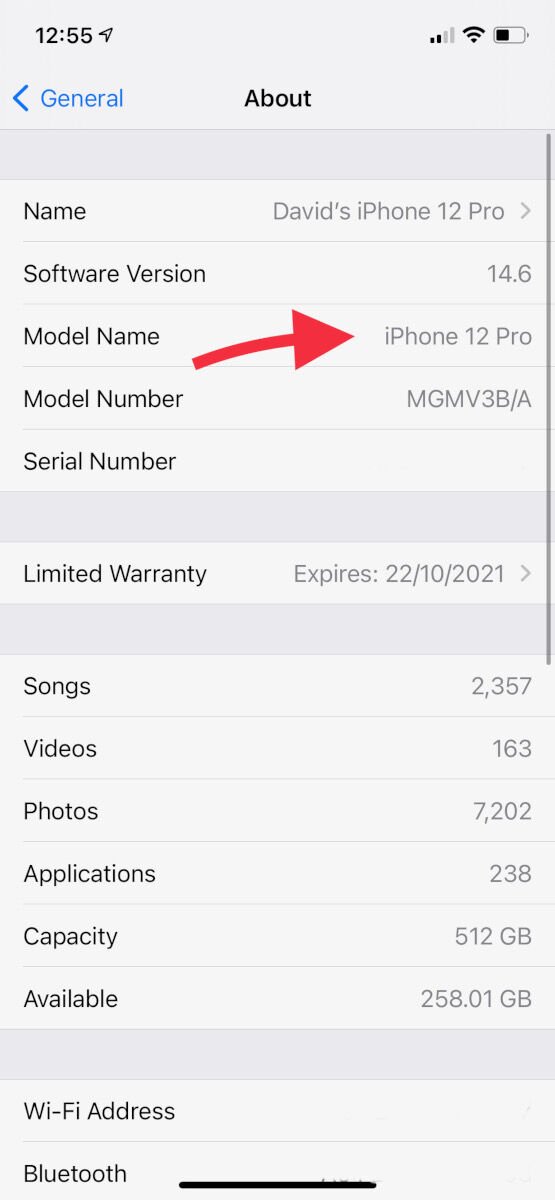
Some older iPhones won’t show the iPhone model name here. For example, this iPhone 6s shows a combination of letters and numbers instead; that is the model number and you can use this to identify the iPhone.
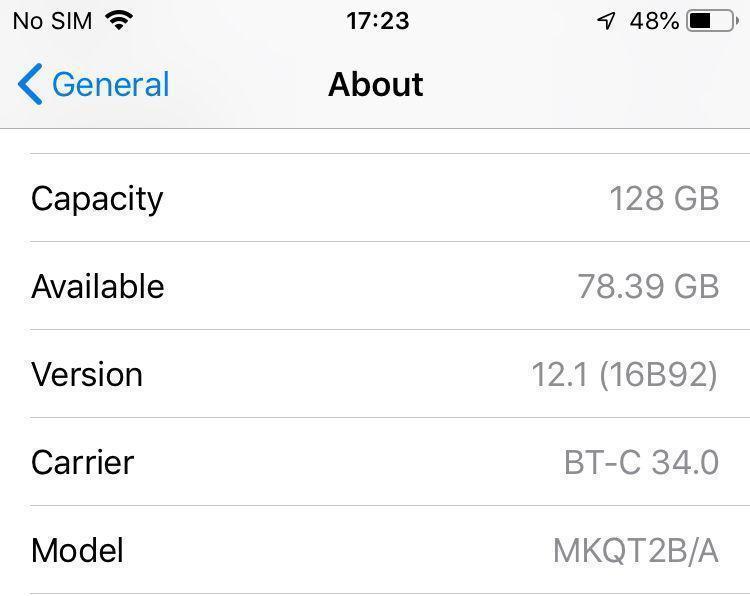
You’ll also see the Model Number below Model Name on newer iPhones. By default Settings shows the M number (also known as the SKU – and if you’ve got a replacement model it’ll probably start with an N), but you can tap it to display the A number instead, which can also be used to identify which iPhone model you have.
The SKU/M number/N number is quite handy, however, because it provides a more precise identification than the A number or even the Model Name (it specifies storage capacity and even colour). There’s a huge number of possible M numbers – far more than we can list here. Check the iPhone Wiki for a full list.
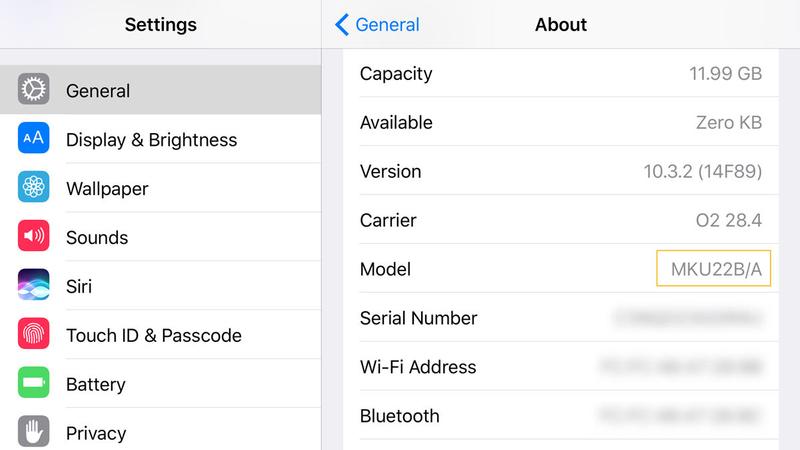
Settings, as we can see, is extremely helpful when it comes to identifying an iPhone. But it has the slight down side of requiring that your device be functional and accessible to you; if you’re trying to identify a bricked device or one you can’t unlock, this won’t be much use and you’d better move on to the visual identification chart in the next section.
Look on the back for the A number
Older iPhones will have an identification number printed on the back. This is a small number that starts with the letter A, and labelled ‘Model’. It’ll be something like “A1203” or “A1634”.
When we say “small number” we really do mean small, and you may find it hard to read the number with the naked eye. A magnifying glass will help if you’ve got one!
However, the iPhone 8 and later do not have this number printed on the back. If you can’t find anything here you at least know that your iPhone is an iPhone 8 or later.
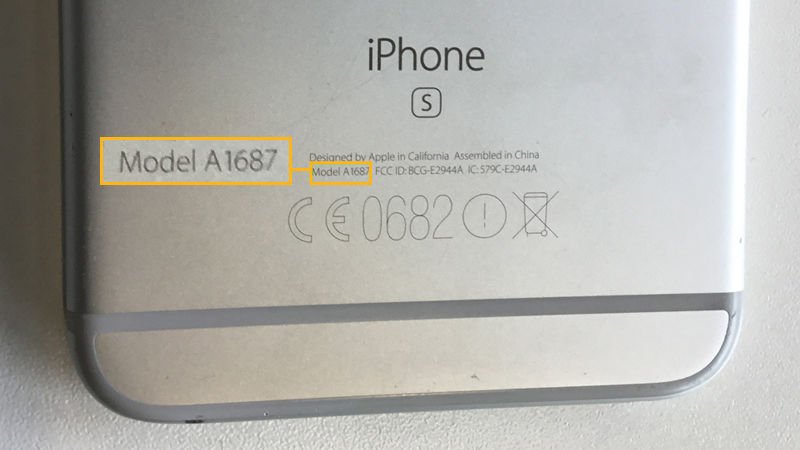
For simplicity’s sake we’ll call this the A number, as opposed to the M number found in Settings discussed above, and the much longer IMEI identifying number, which is unique to your individual handset.
Once you’ve got the A number, check it against this list to see which model you’ve got. (Note that there are multiple A numbers for some iPhones. These refer to versions for different territories, network standards and so on. And even the recent iPhones have A numbers – they’re just not easy to find.)
- A1203: Original iPhone
- A1241: iPhone 3G
- A1303: iPhone 3GS
- A1332, A1349: iPhone 4
- A1387: iPhone 4S
- A1428, A1429: iPhone 5
- A1456, A1507, A1526, A1529 or A1532: iPhone 5c
- A1453, A1457, A1528, A1530 or A1533: iPhone 5s
- A1549, A1586 or A1589: iPhone 6
- A1522, A1524 or A1593: iPhone 6 Plus
- A1633 or A1688: iPhone 6s
- A1634 or A1687: iPhone 6s Plus
- A1723, A1662 or A1724: iPhone SE (2016)
- A1660, A1778 or A1779: iPhone 7
- A1661, A1784 or A1785: iPhone 7 Plus
- A1863, A1905 or A1906: iPhone 8
- A1864, A1897 or A1898: iPhone 8 Plus
- A1865, A1901 or A1902: iPhone X
- A1984, A2105, A2106 or A2108: iPhone XR
- A1920, A2097, A2098 or A2100: iPhone XS
- A1921, A2101, A2102 or A2104: iPhone XS Max
- A2111, A2223 or A2221: iPhone 11
- A2160, A2217 or A2215: iPhone 11 Pro
- A2161, A2220 or A2218: iPhone 11 Pro Max
- A2275, A2298 or A2296: iPhone SE (2020)
- A2176, A2398, A2400 or A2399: iPhone 12 mini
- A2172, A2402, A2404 or A2403: iPhone 12
- A2341, A2406, A2408 or A2407: iPhone 12 Pro
- A2342, A2410, A2412 or A2411: iPhone 12 Pro Max
How to tell iPhones apart by sight
If for whatever reason the method above doesn’t work, don’t worry. You can still tell which kind of iPhone you’ve got by checking its build, external features and so on. Simply compare it against this guide, which includes all models of iPhone.
Original iPhone
The original iPhone from 2007 is easy to identify. It has a grey/silver rear with a large black band across the bottom. It looks like this:
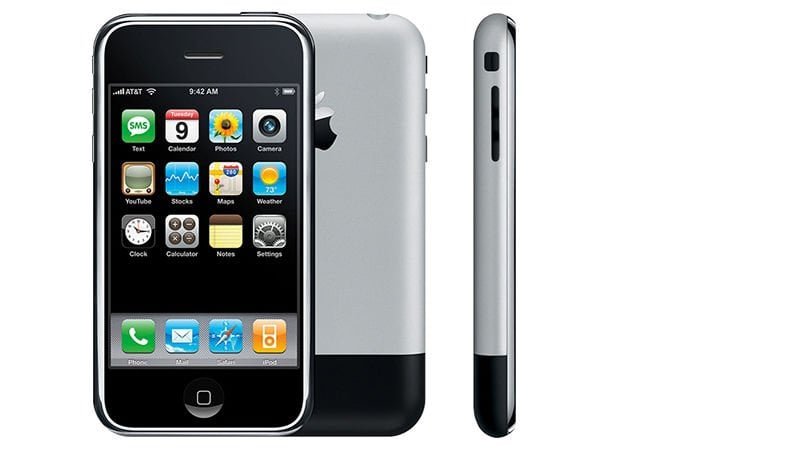
iPhone 3G and iPhone 3GS
If your iPhone has a curved plastic rear but without the black band from the original iPhone, you’ve got an iPhone 3G or 3GS. This is what they look like:
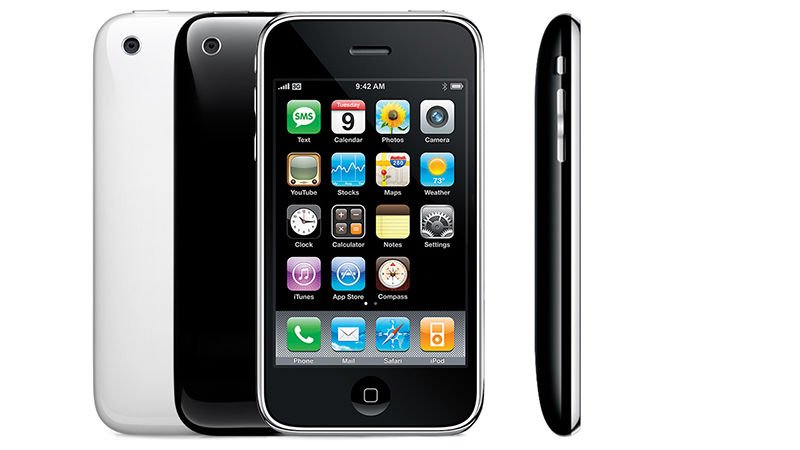
One way of telling these two apart is colour – if it’s white, you’ve got a 3GS.
Both models were sold in a black finish, however, so if you’ve got one of those, check the shininess of the detailing on the back. On the 3GS, the Apple logo and the imprint below are the same shiny silver; on the 3G, the imprint is less shiny than the logo.
Be careful not to confuse these two models with the newer iPhone 5c (which looks somewhat similar – see below to compare).
iPhone 4 and iPhone 4s
The iPhone 4 and iPhone 4s both have a glass front and glass rear and come in black or white. Here’s what they look like:
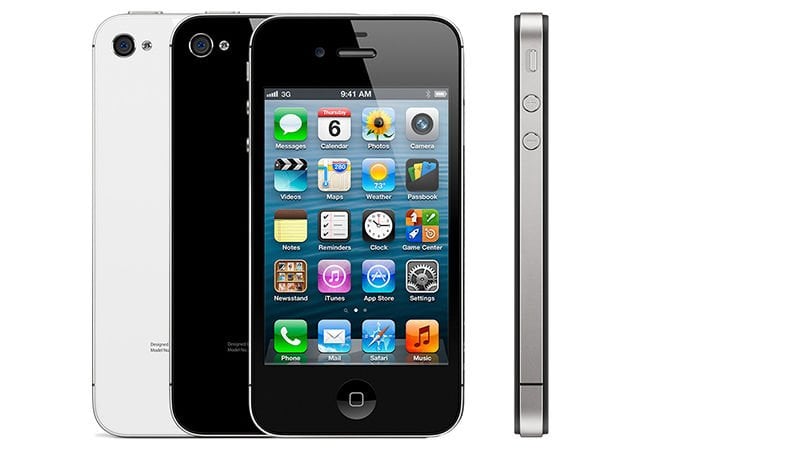
It’s hard to tell the iPhone 4 and iPhone 4s apart, unfortunately. One possibility is to look for a SIM tray on the righthand side – if you can’t find an opening then you’re looking at (the CDMA version of) the iPhone 4, which was available both with and without a SIM tray. The iPhone 4s always has a SIM tray.
You can also check the storage capacity, which may offer a clue. The 4 was sold in 8, 16 and 32GB capacities; the 4s was available in all of these but also added a 64GB model. Check Settings > General > About, and if Capacity is any higher than 32GB then you’ve got an iPhone 4s. (It won’t be the full 64GB, of course, because some of the advertised capacity is taken up with firmware and the like.)
iPhone 5
The iPhone 5 looks similar to the iPhone 4 and 4s but comes with a taller 4in display (measured diagonally, corner to corner). This means it can fit five rows of app icons (plus a sixth, the dock row, at the bottom), whereas the iPhone 4s and earlier could only fit four rows (plus the dock). Here’s what it looks like:
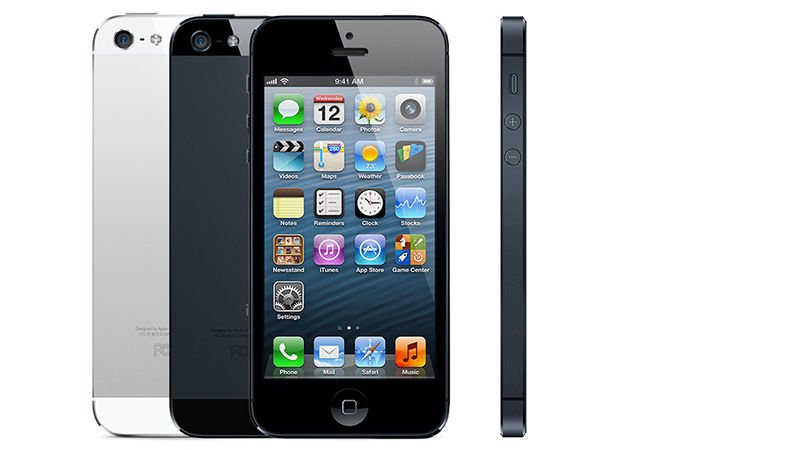
iPhone 5s
The iPhone 5s looks largely identical to the iPhone 5, but the giveaway is the Touch ID fingerprint scanner.
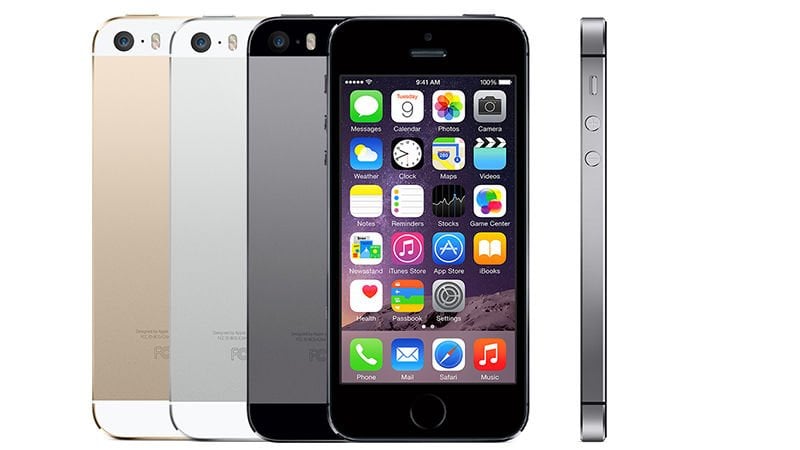
If you look at the Home button, you’ll notice that it no longer has a square on it – it’s just a plain circle. On the white-front models you can see a shiny metal ring around the edge; the black one is entirely black.
The colour schemes are also different, with Gold, Silver and Space Grey replacing Black and White.
iPhone 5c
This one’s easy to spot. The iPhone 5c comes in a range of bright plastic colours and has a curved plastic back.
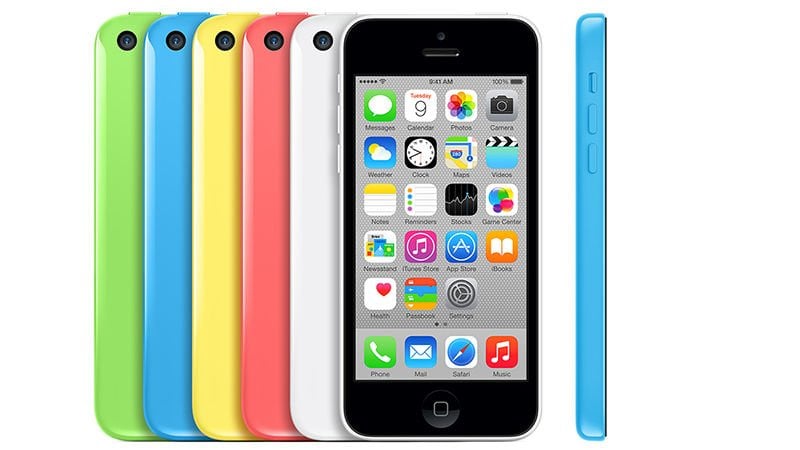
It’s also taller and squarer than other plastic models (such as the iPhone 3G and 3GS), so it’s easy to identify.
iPhone 6 and iPhone 6s
The 6-series handsets saw a full redesign, with rounded-off edges replacing the squarer look of previous phones. The screens are larger than earlier models, too: they measure 4.7in diagonally. The Plus models have still larger screens, of course.
Here’s what the iPhone 6 and iPhone 6s look like. This is the iPhone 6s – you can tell because it came in pink as well as the silver, gold and Space Grey offered by the iPhone 6.
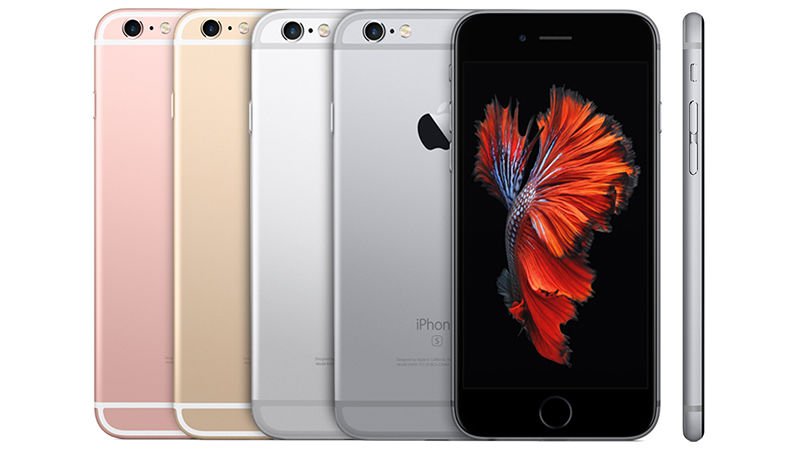
Assuming you’re not lucky enough to be looking at a pink (technically Rose Gold) model, which is a dead giveaway, look for the letter S on the back, below the word iPhone. (It’s visible in the image above.) This indicates that it’s an iPhone 6s, fairly obviously.
iPhone 6 Plus and iPhone 6s Plus
The iPhone 6 Plus and iPhone 6s Plus look like the iPhone 6 but are much larger, with 5.5in displays (measured diagonally). They’ve got room for six rows of icons on the Home screen, plus the dock row.
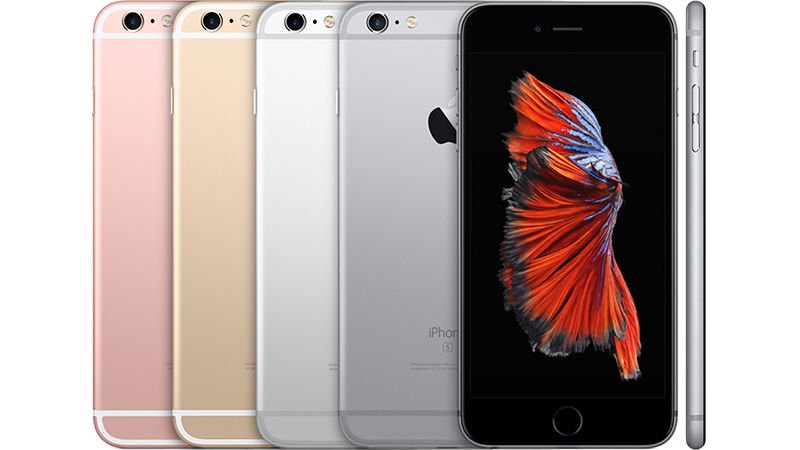
Again, only the 6s Plus comes in Rose Gold, and the S model is designated by a letter S on the back, below the word iPhone.
iPhone SE (2016)
The original iPhone SE uses the same colour scheme as the iPhone 6 product line, but has the same design elements of the iPhone 5s. Your best bet to identify between a 5s and SE is to turn the iPhone on or look for the SE stamp at the back.
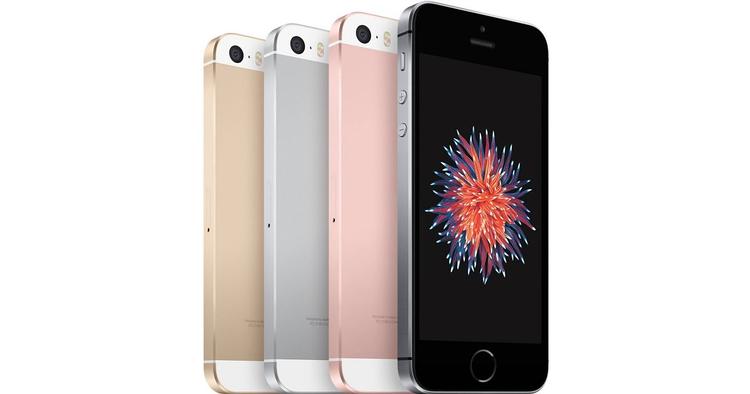
It should also be noted that the SE comes in Rose Gold, whereas the 5s only came in Silver, Space Grey and Gold.
iPhone 7
The iPhone 7 boasts a 4.7in screen, with a glass front and aluminium back. It’s similar to the 6 and 6s, but slimmer, and the back of the body has lost the horizontal lines at the top and bottom. It does not have a headphone jack at the bottom: there is just a single Lightning port in the centre of the bottom edge, with speaker grilles either side.
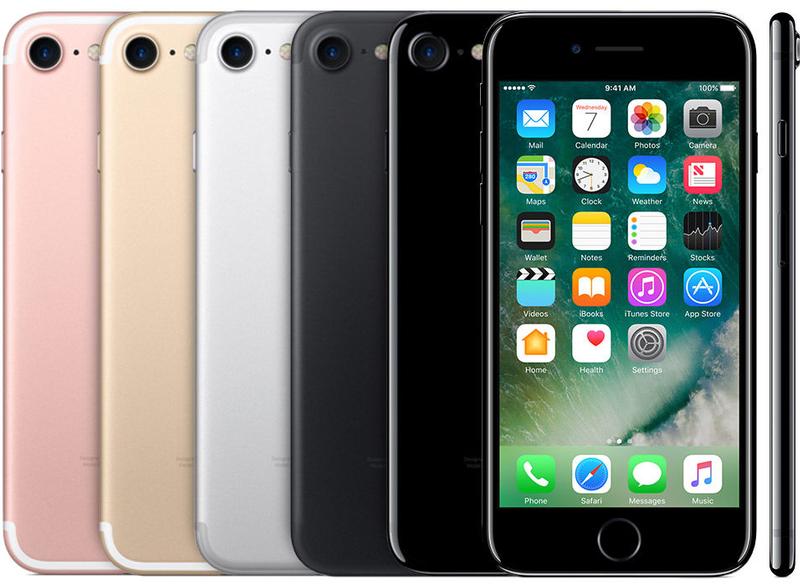
It’s available in six colours, and was the first iPhone to come in red.
Check the entry for iPhone 8 below, because that is very similar; the main difference is that the 7 has an aluminium back, whereas the 8 has a glass back.
iPhone 7 Plus
The iPhone 7 Plus is unsurprisingly similar to the iPhone 7 – the main difference is the larger 5.5in display. As with the 7, it boasts a glass front and metal back, which the camera protrudes from slightly. It’s also available in six different colours, including red (not shown below). And there is no headphone port.
In fact, the real giveaway is the horizontal twin-lens rear-facing camera: here’s what it looks like:
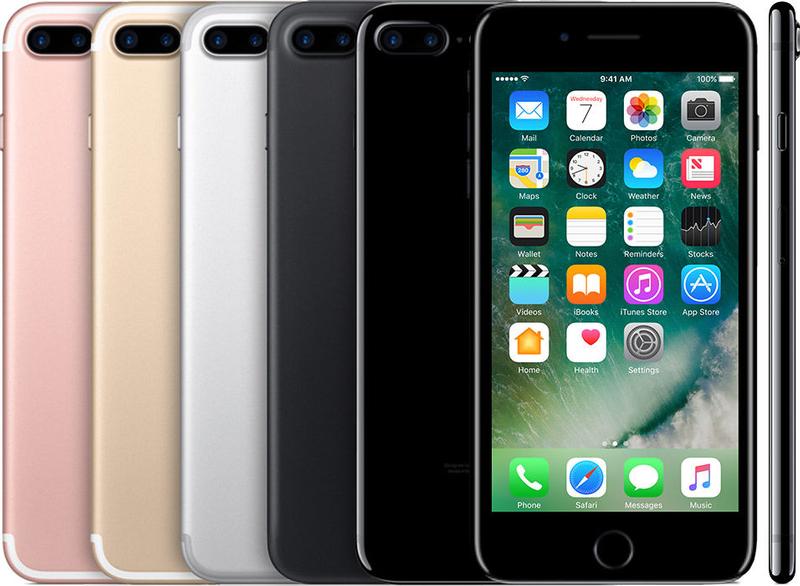
Again, check the entry for the very similar iPhone 8 Plus below. The 7 Plus has an aluminium back, whereas the 8 Plus has glass.
iPhone 8
The iPhone 8 is a lot like the iPhone 7: it too has a 4.7in screen and no headphone jack. The main difference from the 7 is that this model has a glass back rather than aluminium; if there’s no A number engraved on the back that too may be a giveaway, because it was at this point that Apple phased that out.
Still not sure? The 8 comes in 64GB or 256GB storage options, whereas the 7 comes in 32GB, 128GB or 256 GB; check Settings > General > iPhone Storage and see if you can eliminate one of the options that way. And finally, whereas the 7 came in black, gold, Rose Gold, silver, red and the ridiculously shiny Jet Black, the 8 only comes in silver, Space Grey, a new pinkish gold (see below) and red.
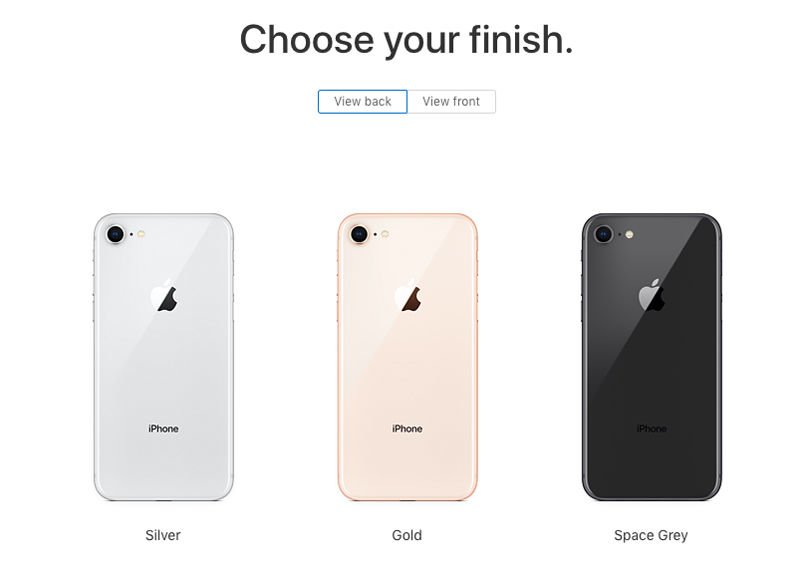
iPhone 8 Plus
This one is a lot like the iPhone 7 Plus: the 8 Plus has a 5.5in display and a twin-lens camera protruding slightly from the back. And there is no headphone port.
But the back is glass instead of aluminium, there isn’t an A number engraved on the back (our UK model just says “iPhone/Designed by Apple in California/Assembled in China”), the storage options are 64GB and 256GB (as opposed to 32GB, 128GB and 256GB on the 7 Plus) and the colour options are silver, Space Grey, red and the new pinky gold. No shiny Jet Black here.
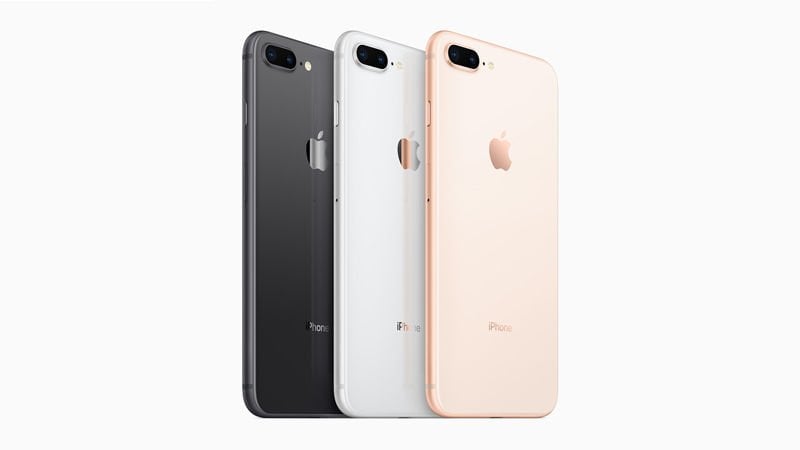
iPhone X
The iPhone X hasn’t got a Home button on the front, with the screen coming down almost to the bottom of the chassis. It has a ‘notch’ taken out of the top of the screen, and it has two cameras on the back, arranged vertically vertically. Have a look (but don’t be put off by the removable brown case, which yours probably won’t have):
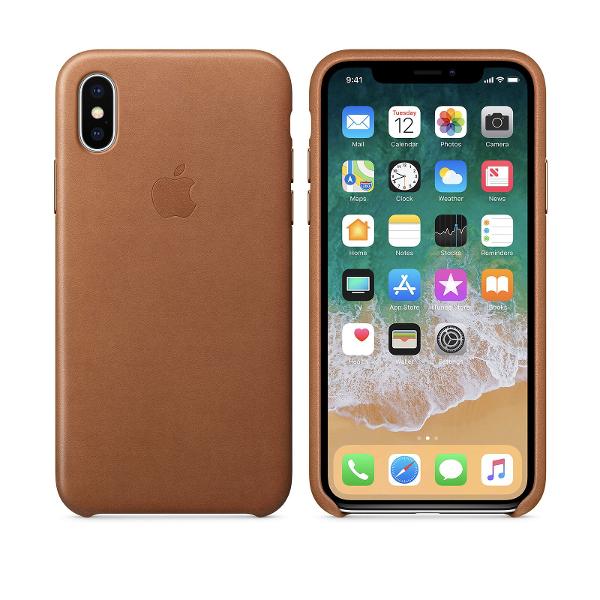
The iPhone X came in just two colour options – silver and Space Grey – but it’s no longer on sale. Also, be sure to check the iPhone XS, below, which looks virtually the same and may present some identification issues.
iPhone XR
The iPhone XR has a 6.1in screen, but that’s also true of the iPhone 11, 12 and 12 Pro. More helpful, then, are the three facts that it doesn’t have a Home button, does have a notch, and comes with a single camera lens on the rear.
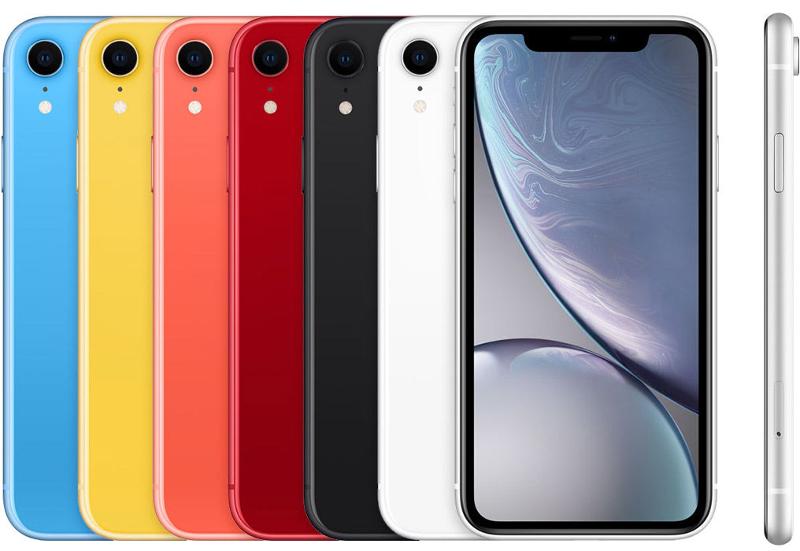
It comes in black, white, blue, yellow, Coral (a sort of orangey peach) and red.
iPhone XS
A tricky one, this, because the iPhone XS looks identical to the iPhone X. What are the possible giveaways? It now comes in a new colour – gold – and offers a new 512GB storage capacity at the top end, if you’re somehow able to determine that without having access to the Settings app (which is really where you should be heading).
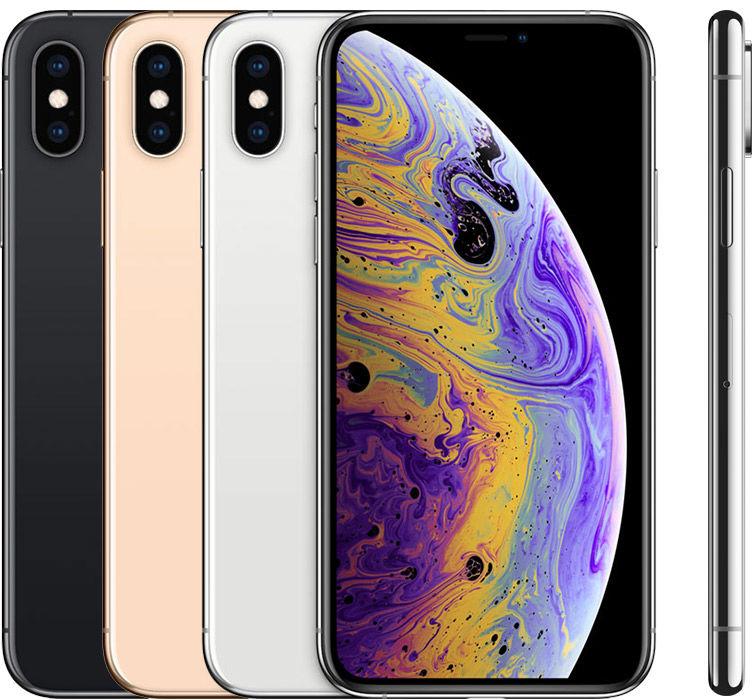
Other physical upgrades from the X are essentially impossible for a consumer to check. The glass back was reinforced to make it less to prone to cracking, and the waterproof rating was increased from IP67 to IP68, but in neither case should you test to destruction simply to identify your phone.
iPhone XS Max
The XS Max, like the XR, can be identified by its screen size, which is a mighty 6.5in. Bear in mind that this should be measured between the theoretical corners where the screen edges would converge if the corners weren’t rounded off, if that makes sense. Anyway, it’s a big old screen – that’s what we’re telling you.
Like the other X-series handsets it hasn’t got a Home button, and its screen has a notch at the top. It comes in silver, gold and Space Grey.
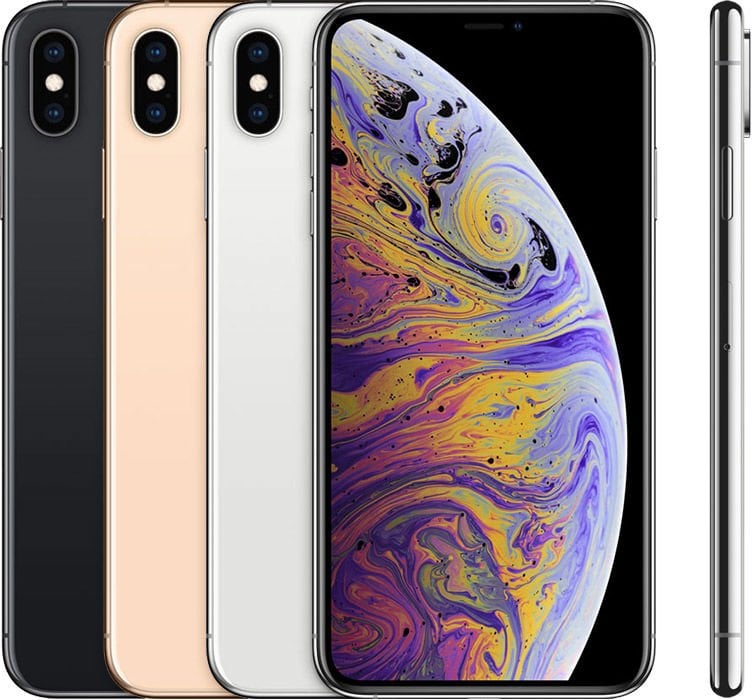
iPhone 11
Three new models were released in autumn 2019. The cheapest of these is the iPhone 11.
The 11 looks the same as the iPhone XR from a year earlier, with one easy-to-spot difference: it has two cameras on the rear, arranged in a vertical configuration within a square block. No other iPhone has this rear-camera configuration so it should be easy to spot.
The iPhone 11 comes in white, black, green, yellow, purple and red, and has a 6.1in screen with no Home button.
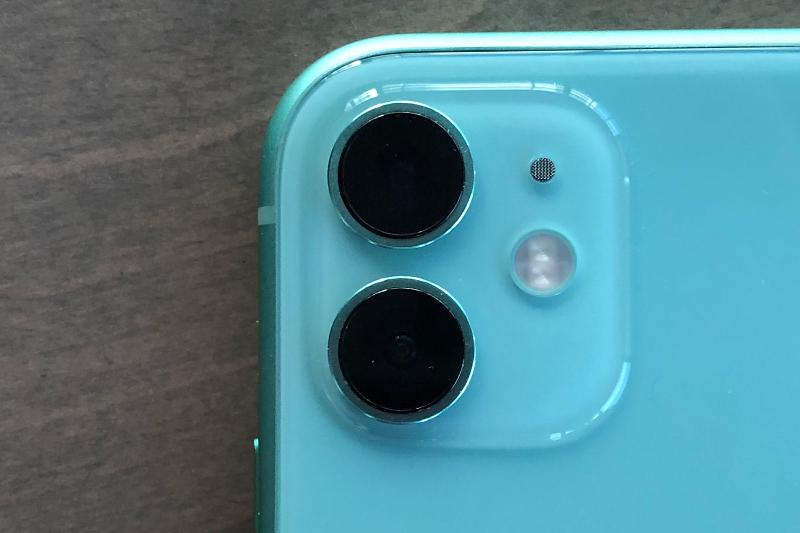
iPhone 11 Pro
The sumptuous 11 Pro has three cameras on the rear.
You can tell the 11 Pro and 11 Pro Max apart because the Max is bigger. The 11 Pro has a 5.8in screen (measured diagonally, from corner to corner) and measures 144mm x 71.4mm.
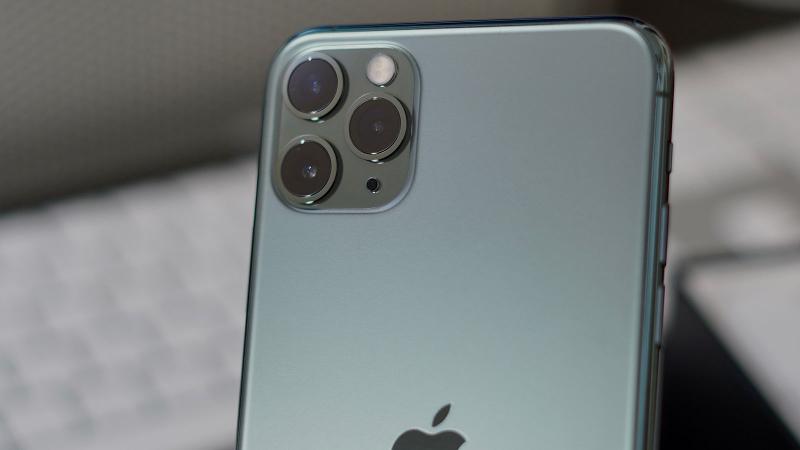
iPhone 11 Pro Max
The 11 Pro Max also has three camera lenses on the rear, but features a 6.5in screen and measures 158mm x 77.8 mm.
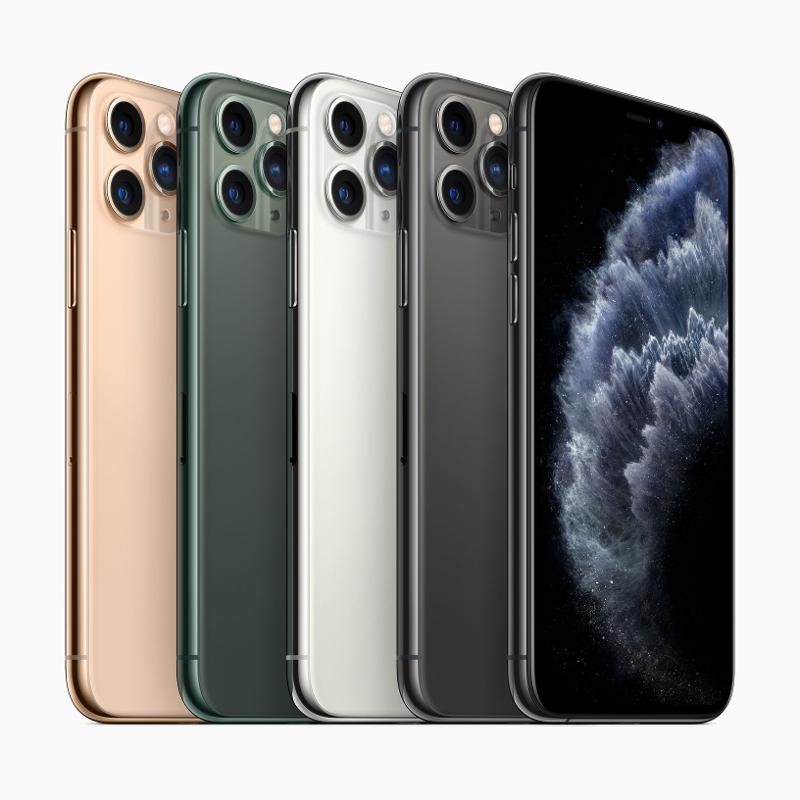
iPhone SE (2020)
Apple revived the popular SE in 2020, but it was less compact than its 2016 predecessor. This time Apple put (most of) the components of the iPhone 11 in the curved-edge chassis of the iPhone 8.
It has a 4.7in screen and a single camera lens on the rear. It has a Home button with Touch ID built in, and the back is glass.
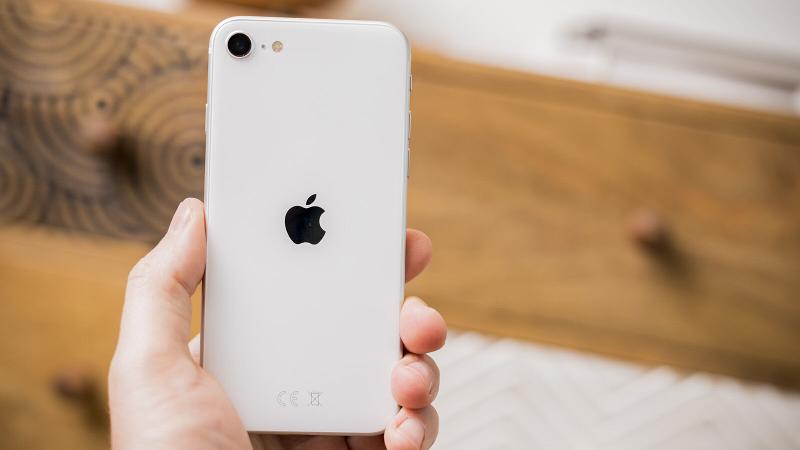
iPhone 12 mini
The 12 mini has a 5.4in screen (with a notch at the top) and the same square, sharp-edged sides as the rest of the 12-series handsets. It hasn’t got a Home button.
It has two camera lenses on the rear, but these sit to the left of a larger square camera module; there’s a small flash on the righthand side of this. (You can see what this module looks like in the picture of the iPhone 12 below.) The back is glass.
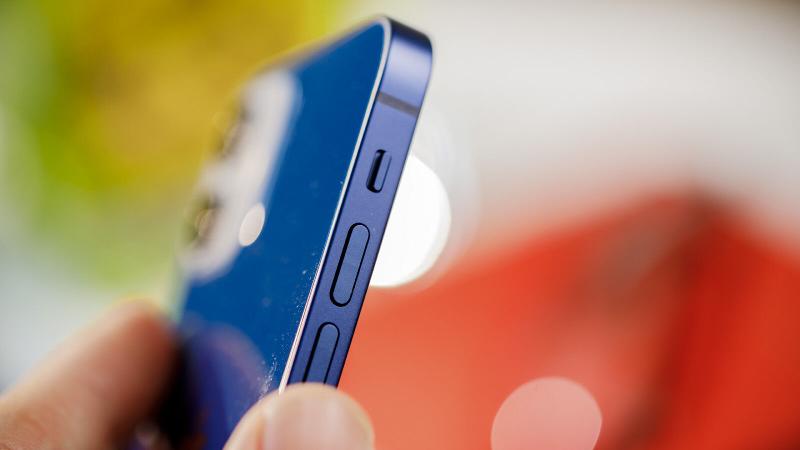
iPhone 12
The iPhone 12 – like all the 12-series handsets – has sharp, squared-off edges rather than the curved edges seen on the 11-series and many earlier models. It has a 6.1in screen (with a notch), two camera lenses on the back and no Home button, and comes in black, white, red, light green, dark blue and purple (pictured).
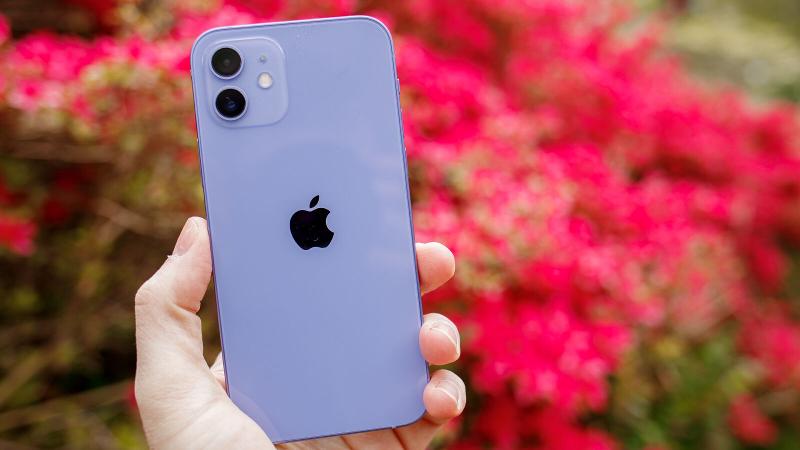
iPhone 12 Pro
The iPhone 12 Pro is easiest to identify by its combination of triple camera lenses on the rear, sharp, squared-off edges and a 6.1in screen. It comes in silver/white, gold, black and dark blue.
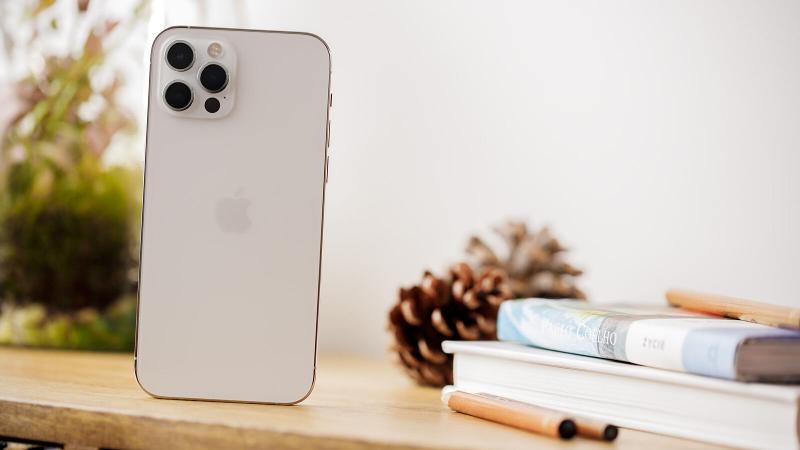
iPhone 12 Pro Max
Finally we come to the (at time of writing) top of the range, the iPhone 12 Pro Max. It’s a whopper, with a 6.7in screen – the biggest ever – and triple camera lenses on the rear. There’s a notch at the top of the screen and no Home button, and the edges are sharp as on the rest of the 12-series handsets.
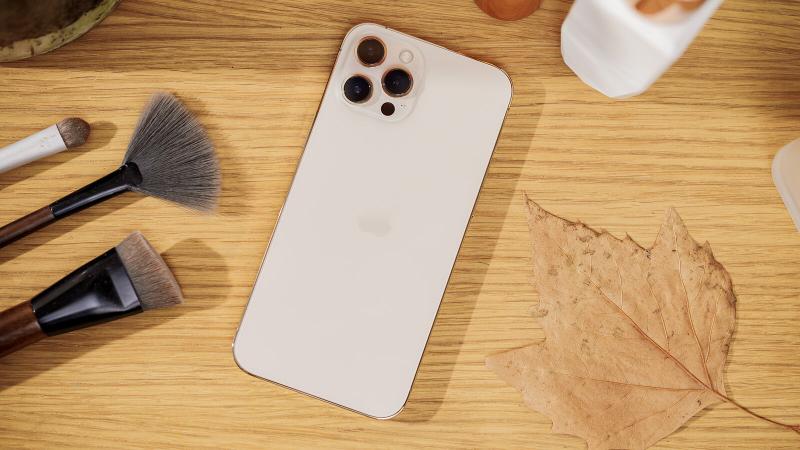
For more advice on the various handsets that Apple sells, take a look at our iPhone buying guide. And if you’re looking to pick up a bargain on your next handset, check our roundup of the best iPhone deals.
